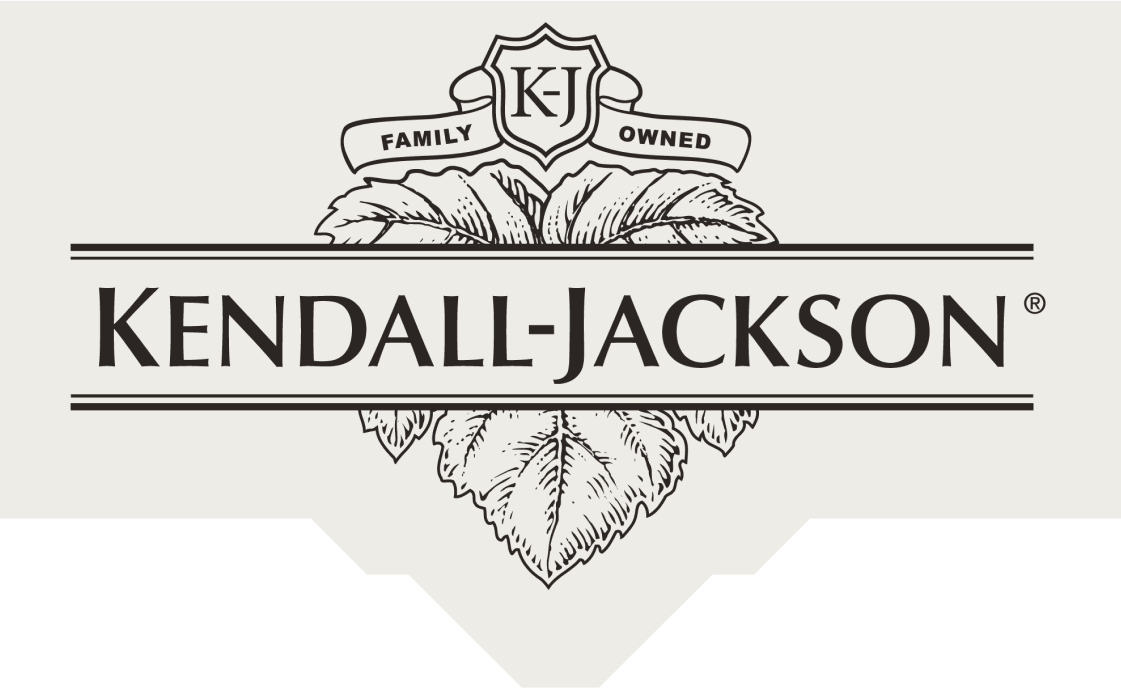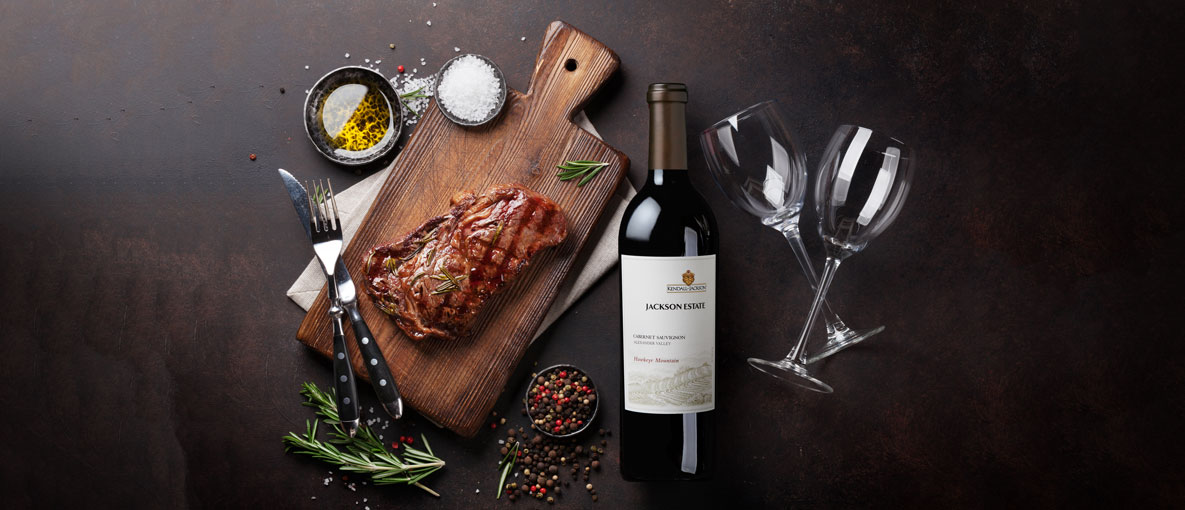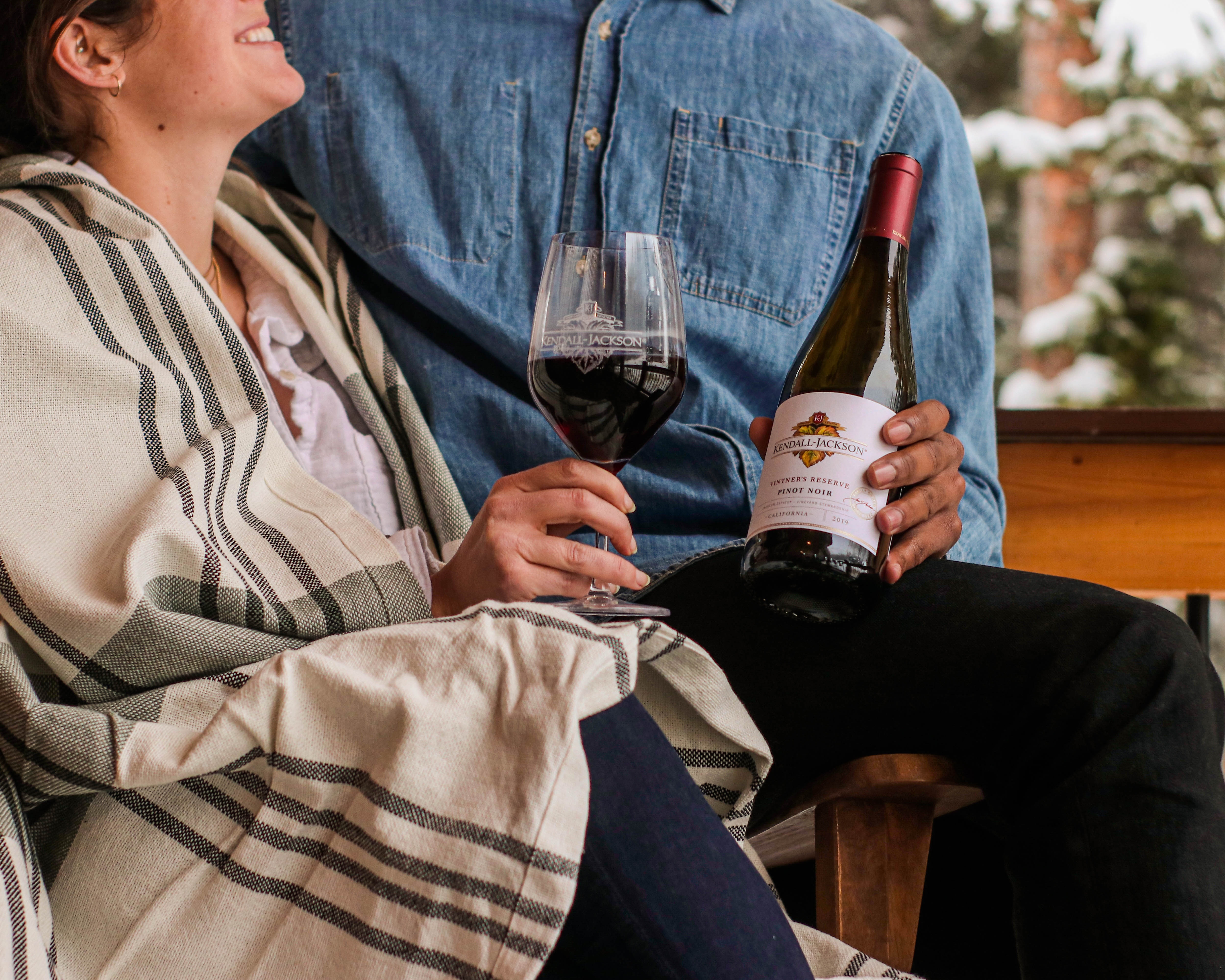Wine 101: Decoding A Wine Label
Wine lovers often find themselves standing in the wine aisle of their favorite grocery store or wine shop scanning the rows of bottles in search of a wine label that jumps out at them and says, “You should take me home and try me.” For many new wine drinkers the graphic design of the label is the first item of interest, but as you become more knowledgeable, you’ll begin to take notice of what is listed there.
Decoding a wine label may seem like a difficult task, but, really, it’s all about understanding what to look for and understanding what it means. With that in mind, we’ve given you a quick guide to help you understand exactly what information you’re being given while you’re perusing for a bottle.
A lot of thinking (and legal requirements, to boot) determines what goes on the front and back label of an American wine.
We’ve used our 2007 Grand Reserve Cabernet Sauvignon (from right here in Sonoma County) as an example of what you might see on a wine label. For this demonstration, we’ll start at the top of the label (minus the Kendall-Jackson name) and work our way down.
1) Proprietary or Tier Name: GRAND RESERVE
Often a proprietary name (like Avant) or wine tier (like Grand Reserve) is indicated on the label to help you know where the wine fits into the winery’s portfolio. The term “Reserve” is generally saved for higher end wines, but this term is not controlled by law.
2) American Viticultural Area (AVA): SONOMA COUNTY
This helps you understand where the grapes were grown. In the case of this label you can be assured that the vast majority of the wine in the bottle is coming from Sonoma County. Why the majority and not all of it? Any brand that wants to list an AVA must source at least 85% of the grapes from the specified area.
3) Vintage Year: 2007
The vintage is the year the grapes were harvested. To list a vintage year, the wine must be made from at least 95% grapes harvested that year. The additional 5% is to allow for “topping off” barrels due to evaporation.
4) Varietal Name: CABERNET SAUVIGNON
Most California wineries use varietal names (e.g. the name of the grape). By law, the wine must be at least 75% of the named grape to list a varietal. If you’re curious about the percentage of a wine, check the back label where the blending varietals and percentages are generally listed.
5) Alcoholic Strength: 14.5%
The Bureau of Alcohol, Tobacco & Firearms requires that the alcohol percentage be listed on the front of the label. Technically, the percentage is listed on the side of this label, but it is still there.



